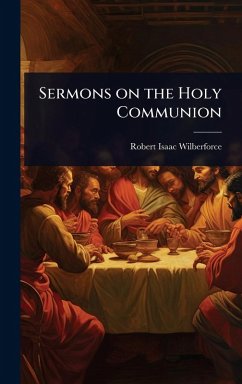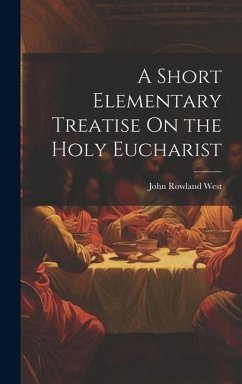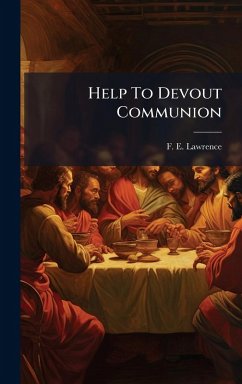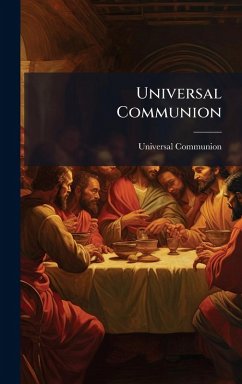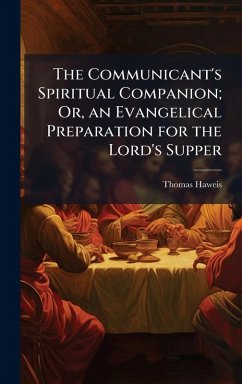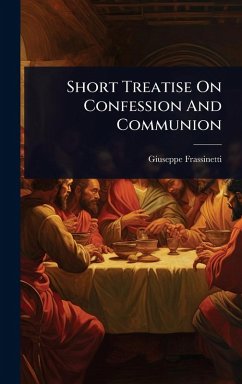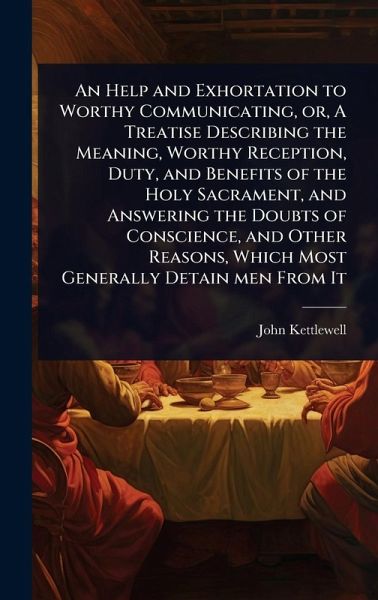
An Help and Exhortation to Worthy Communicating, or, A Treatise Describing the Meaning, Worthy Reception, Duty, and Benefits of the Holy Sacrament, and Answering the Doubts of Conscience, and Other Reasons, Which Most Generally Detain men From It
Versandkostenfrei!
Versandfertig in über 4 Wochen
34,99 €
inkl. MwSt.
Weitere Ausgaben:

PAYBACK Punkte
17 °P sammeln!
âAn Help and Exhortation to Worthy Communicatingâ by John Kettlewell, originally published in 1737, offers a detailed exploration of the meaning, reception, duty, and benefits associated with the Holy Sacrament. Kettlewell addresses common doubts and concerns that prevent individuals from participating in this sacred rite, providing answers rooted in theological understanding and pastoral care. This treatise delves into the spiritual significance of communicating and emphasizes the importance of worthy reception to unlock its full potential. Readers will find guidance on preparing their hear...
âAn Help and Exhortation to Worthy Communicatingâ by John Kettlewell, originally published in 1737, offers a detailed exploration of the meaning, reception, duty, and benefits associated with the Holy Sacrament. Kettlewell addresses common doubts and concerns that prevent individuals from participating in this sacred rite, providing answers rooted in theological understanding and pastoral care. This treatise delves into the spiritual significance of communicating and emphasizes the importance of worthy reception to unlock its full potential. Readers will find guidance on preparing their hearts and minds, understanding the sacramental theology of the era, and deepening their relationship with God through the Eucharist. Kettlewellâ(TM)s work remains a valuable resource for those seeking a deeper understanding of the Holy Sacrament within the Anglican tradition and beyond. This work has been selected by scholars as being culturally important, and is part of the knowledge base of civilization as we know it. This work was reproduced from the original artifact, and remains as true to the original work as possible. Therefore, you will see the original copyright references, library stamps (as most of these works have been housed in our most important libraries around the world), and other notations in the work. This work is in the public domain in the United States of America, and possibly other nations. Within the United States, you may freely copy and distribute this work, as no entity (individual or corporate) has a copyright on the body of the work. As a reproduction of a historical artifact, this work may contain missing or blurred pages, poor pictures, errant marks, etc. Scholars believe, and we concur, that this work is important enough to be preserved, reproduced, and made generally available to the public. We appreciate your support of the preservation process, and thank you for being an important part of keeping this knowledge alive and relevant.



![Devotions for Holy Communion Compiled From Various Sources [By M. Brine] With an Intr. Gathered From the Writings of E.B. Pusey Cover Devotions for Holy Communion Compiled From Various Sources [By M. Brine] With an Intr. Gathered From the Writings of E.B. Pusey](https://bilder.buecher.de/produkte/74/74523/74523743n.jpg)

